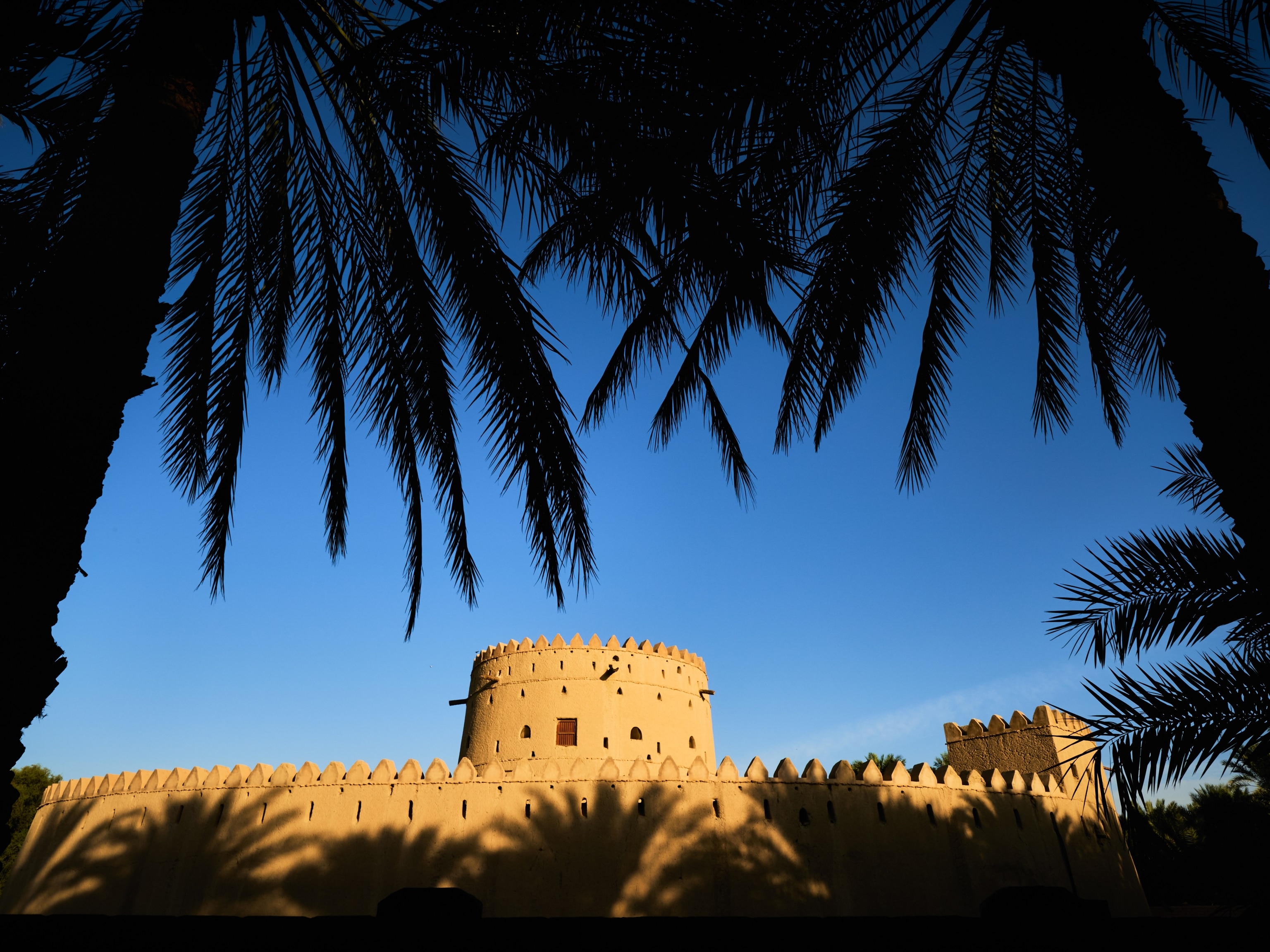
Al Ain: The Great Oasis of the United Arab Emirates
This green oasis in the middle of the Rub al Khali desert is a 4,000 year old city and UNESCO World Heritage Site.
Life on the edge of the Rub al Khali, or Empty Quarter—the world’s largest continuous sand desert—has never been easy, yet the inland city of Al Ain has persisted here for some 4,000 years.
The reason can be found in its name, which means “the spring.” For generations, camel trekkers headed for its leafy oases to drink its freshwater and sample produce grown in the shade of its palms.
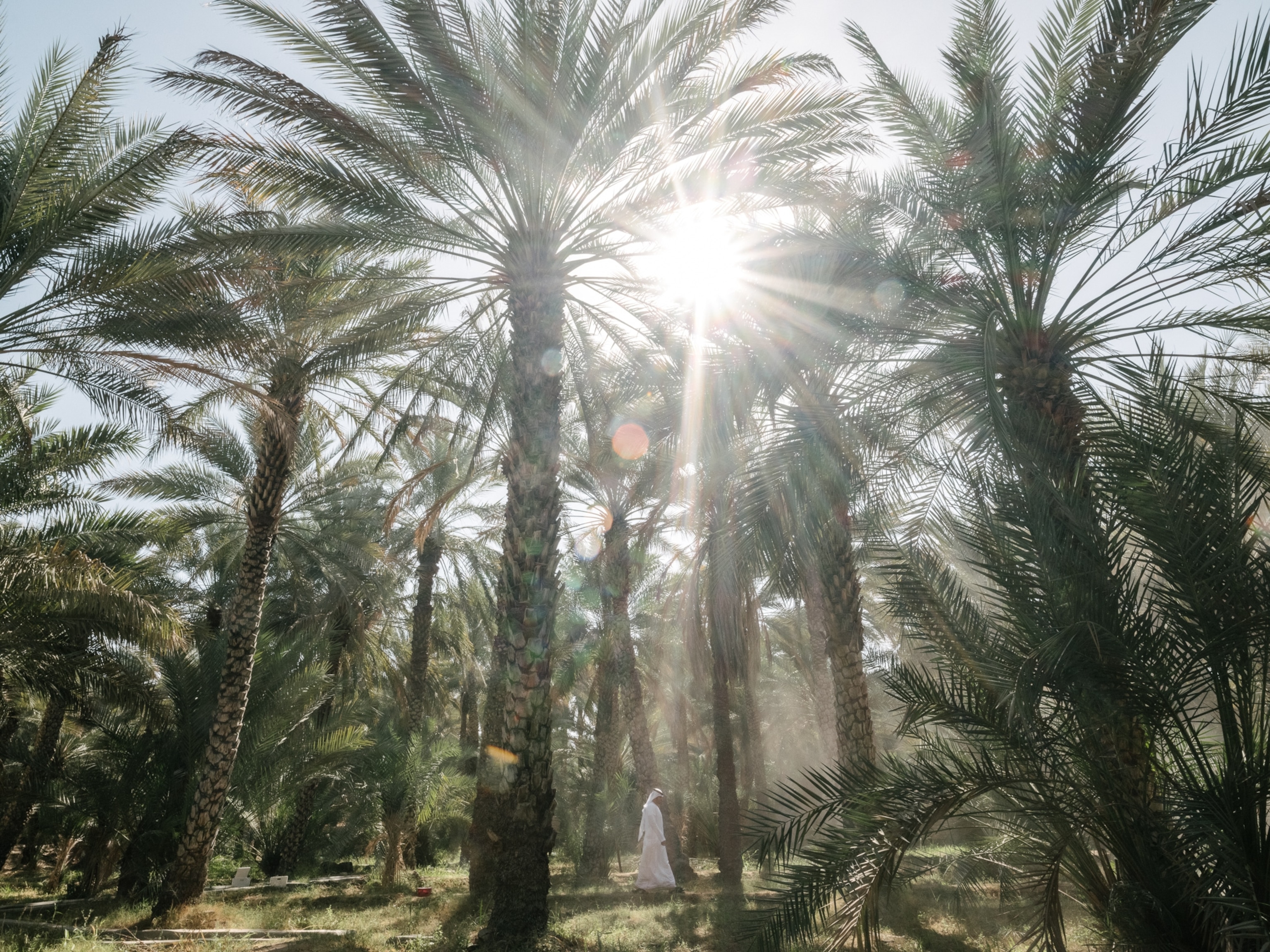
That draw is still felt today. Clearly less modernized than Abu Dhabi or Dubai, Al Ain is now home to over 600,000 people and is a popular weekend getaway for locals (and visitors from nearby Oman). By comparison with the other cities, it’s relaxing and the humidity is low. More importantly, no place in the United Arab Emirates offers better access to the region’s traditional ways of desert life.
Before You Go

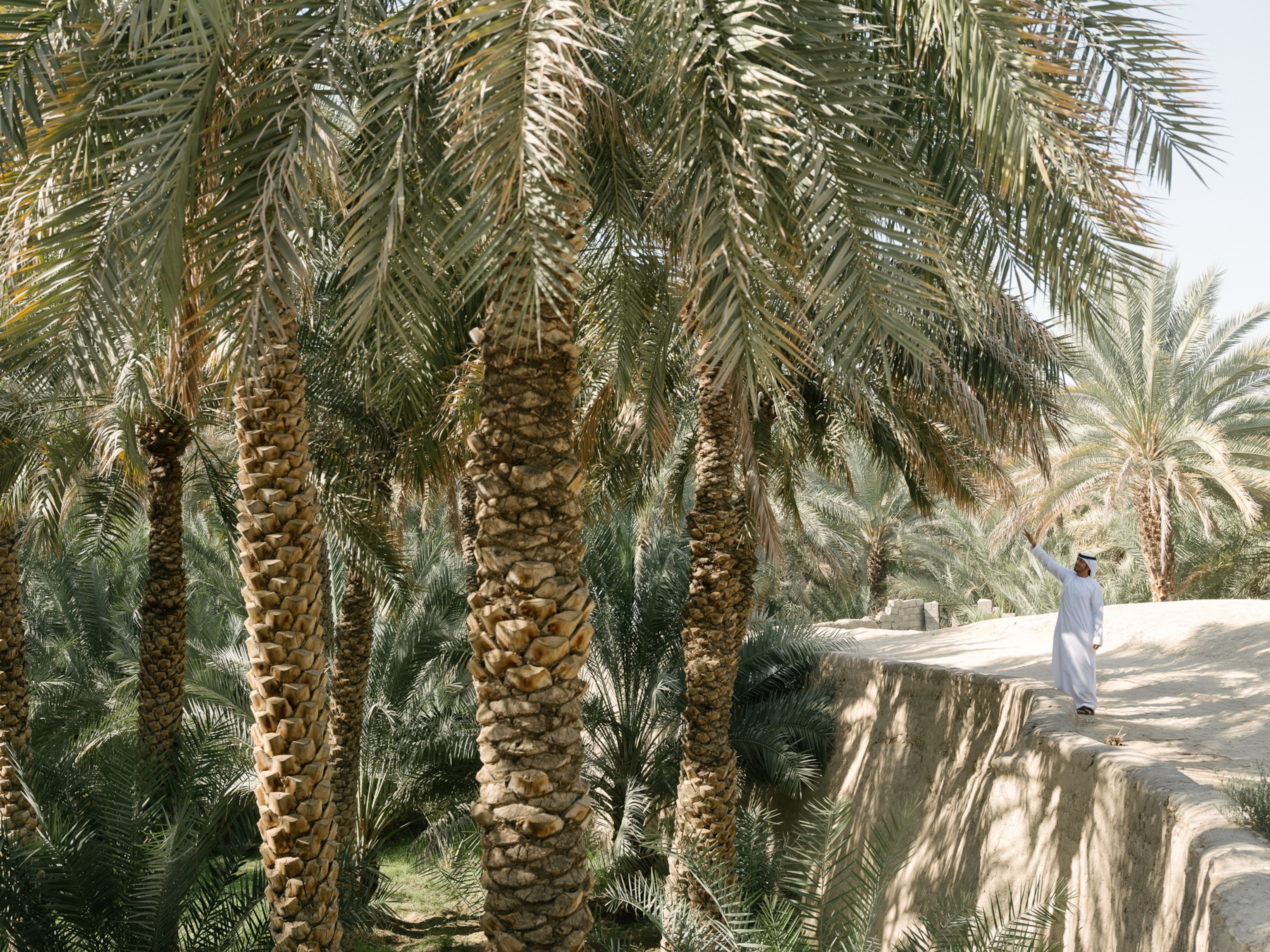
There are two big names you should know before visiting Al Ain.
It’s said—with varying levels of confidence—that UAE founder Sheikh Zayed bin Sultan Al-Nahyan was born here, under a tree, in 1918 (the museum at Qasr al Muwaiji gives background). By 1971, he willed a nation out of a rather motley collection of 180,000 tribal inhabitants. That the UAE sits on a sizable portion of the world’s oil reserves helped his case. Now there are over nine million residents in the UAE (88 percent are immigrants). And the likeness of Sheikh Zayed, who died in 2004, is found all over the country.
Another key regional figure is British explorer Sir Wilfred Thesiger. After World War II, Thesiger leapt at an opportunity to study locust movements across the present-day UAE. He didn’t find many locusts, but he did take lots of photos in this “desert within a desert” over a five-year period. Eventually his experiences spawned a brilliant travelogue, Arabian Sands, which documents the nomadic, tribal life better than any other outside source. It’s fascinating. Thesiger traveled with the Bedouin by camel, wearing local clothes and speaking Arabic well enough to be mistaken for a Syrian. He eluded dangerous rivals and sought out elusive grazing spots by using dunes as markers. Thesiger wrote that it was the five happiest years of his life. According to a guide, one of his companions, bin Kabina, is still alive, living in Abu Dhabi.
What to See and Do
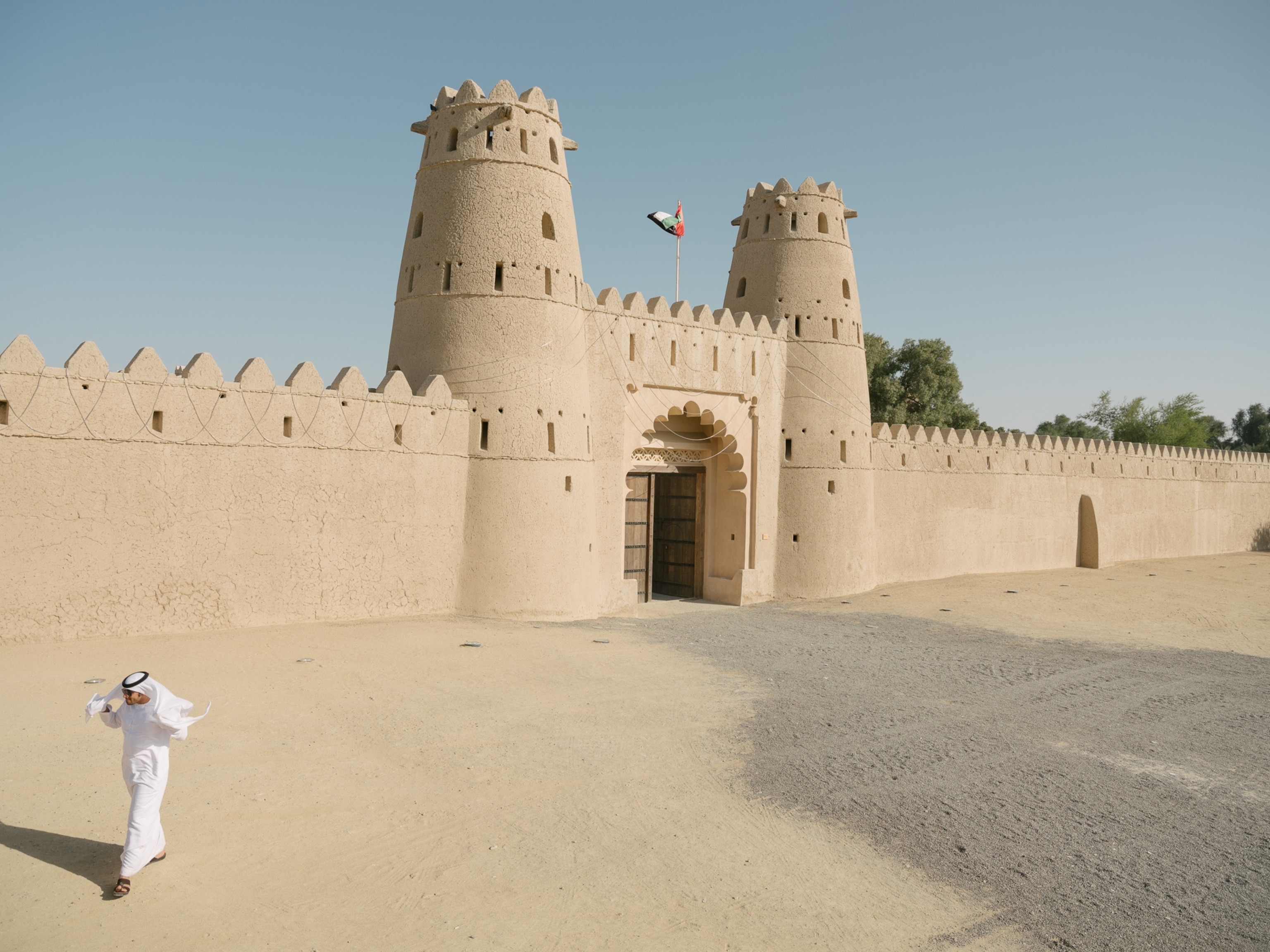
A great place to start a survey of the past is Al Ain’s Al Jahili Fort, a mud fort built in the 1890s and turned into a museum in 2008. The walls are made of mud, straw, and fibers from palm trees, and they must be restored every six months. There are a couple exhibits inside; the best features Thesiger’s stunning 1940s black-and-white photographs.
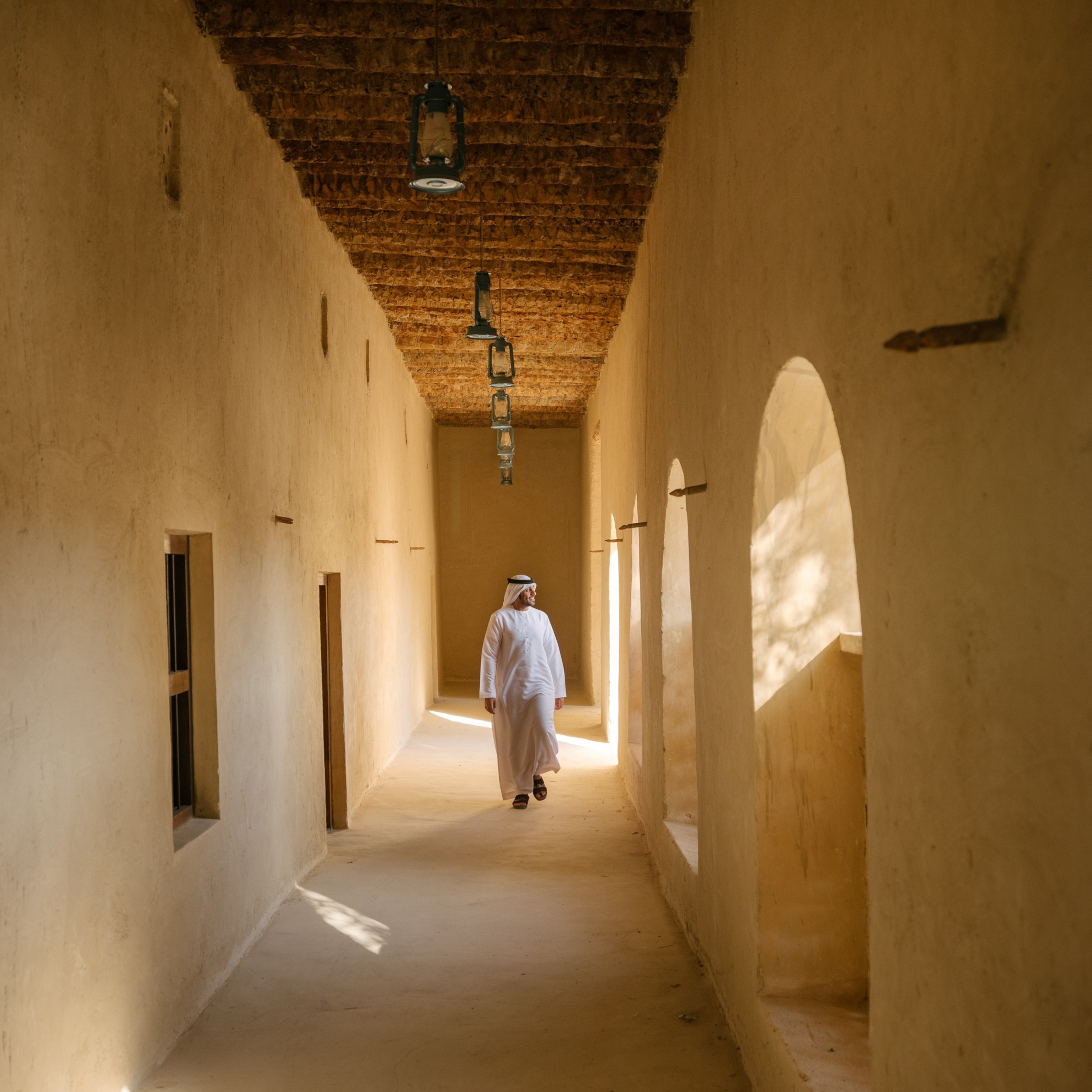
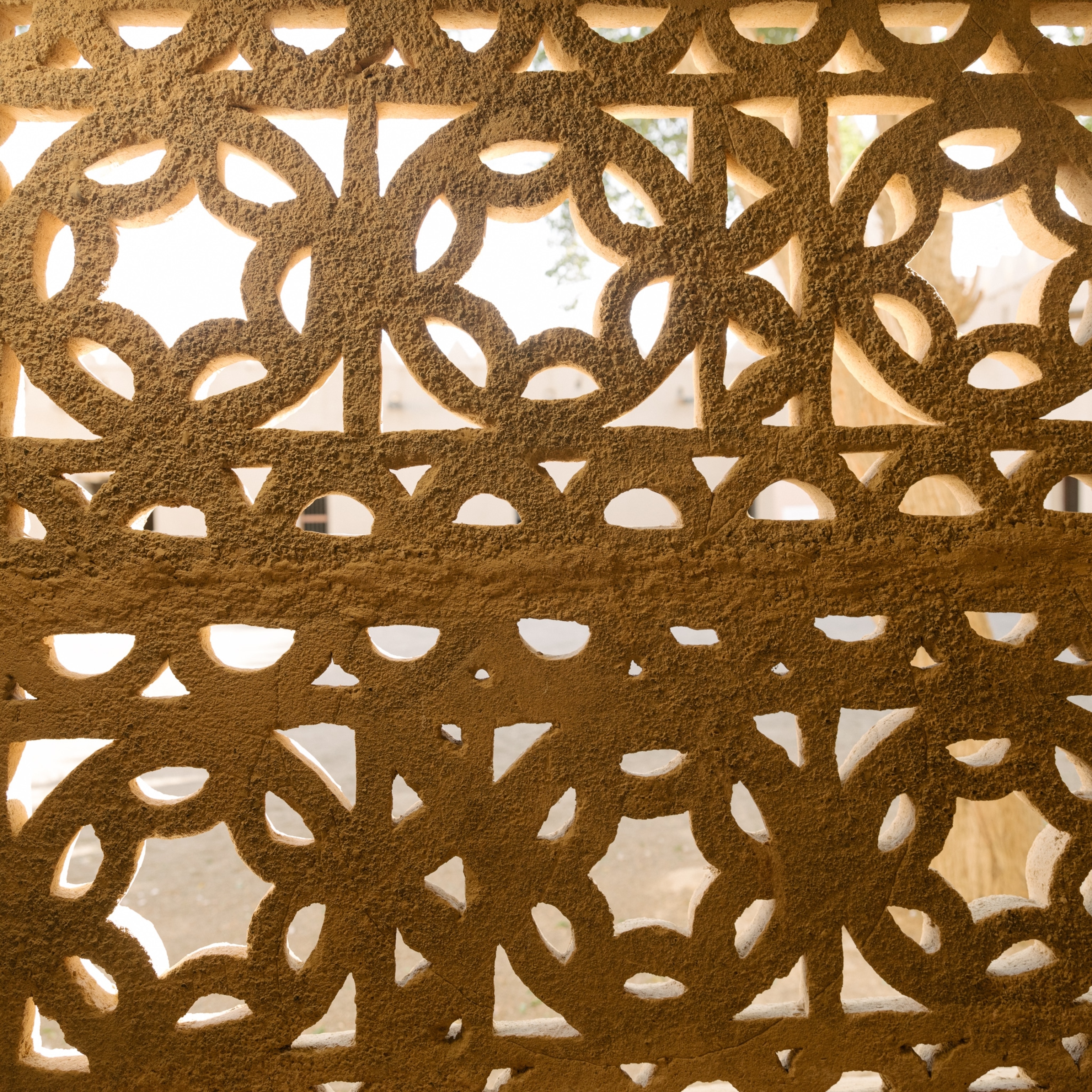
The Al Ain Oasis, the largest oasis in the city and a UNESCO World Heritage site, is a 1,200-hectare area home to hundreds of farms. At its entrance gate is an Eco Centre, a compact complex with panels and a video (with 3-D effects) that tells how the oasis works.
Nearby you can see a model of the falaj, an irrigation system that began 3,000 years ago. Then wander the leafy roads and paths past farms. (It’s best to visit on weekends, when events are often staged.)
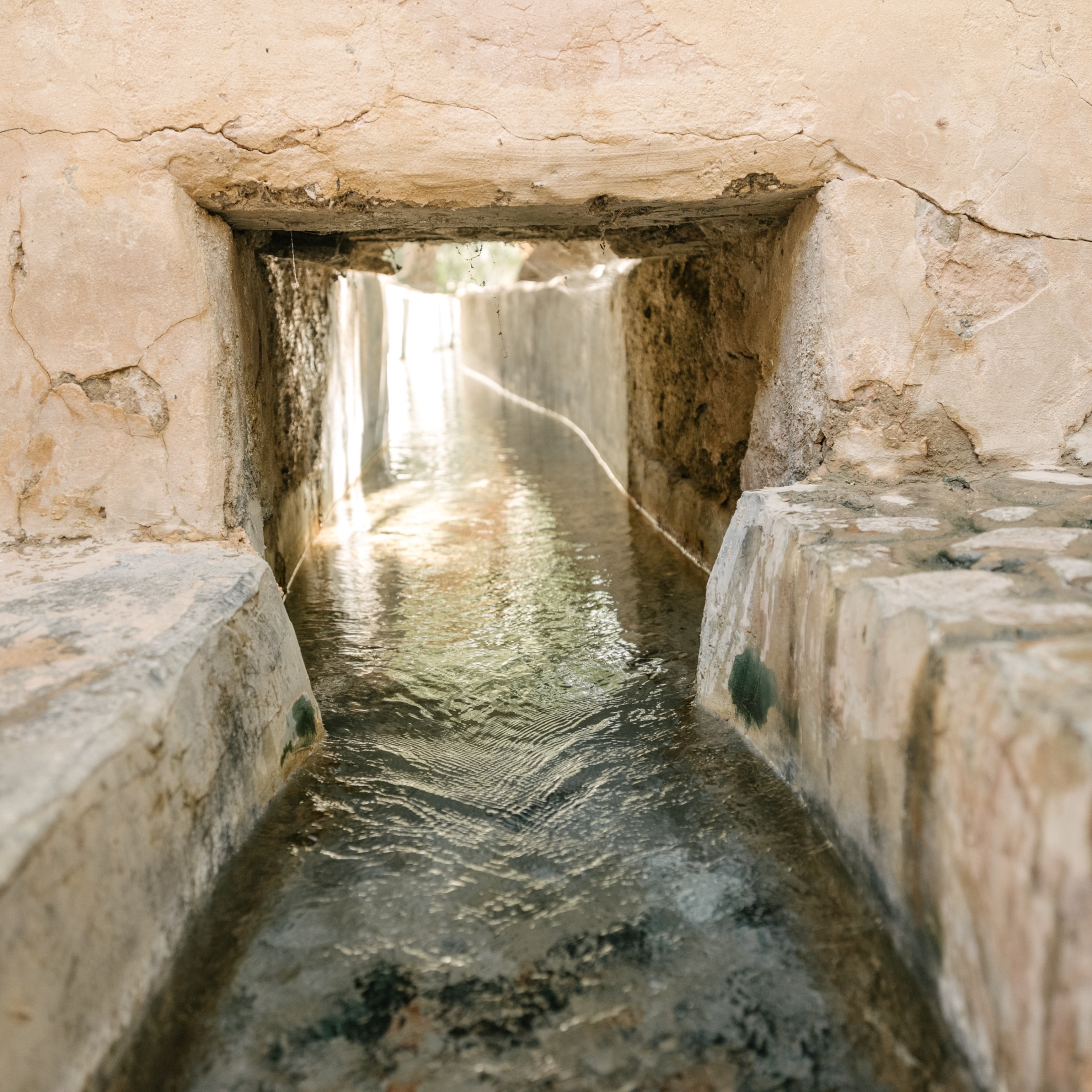
Local wildlife like the Arabian oryx were nearly extinct at the time the UAE formed in 1971. Sheikh Zayed set up many projects to save them (such as Sir Bani Yas Island; see STORY). In 1968, he started the Al Ain Zoo here as a center for oryx conservation. Large outdoor areas are now home to many indigenous species, including the oryx. The zoo’s highlight though is its modern Sheikh Zayed Desert Learning Centre, which opened in 2016. Its interactive exhibits tell the story of the region’s people and wildlife, from the roots of pearls and palms to oil and Masdar City (a full “solar city”).
A few miles from the center of Al Ain toward Jebel Hafeet mountain, the fascinating Al Ain Camel Market is a scrambling collection of hay-filled pens where traders from Yemen, Sudan, Pakistan, and Afghanistan hawk an array of camels that growl like Chewbacca as they’re loaded into trucks. Most people speak English and are happy to show off the day’s offerings. It’s most active in the morning.
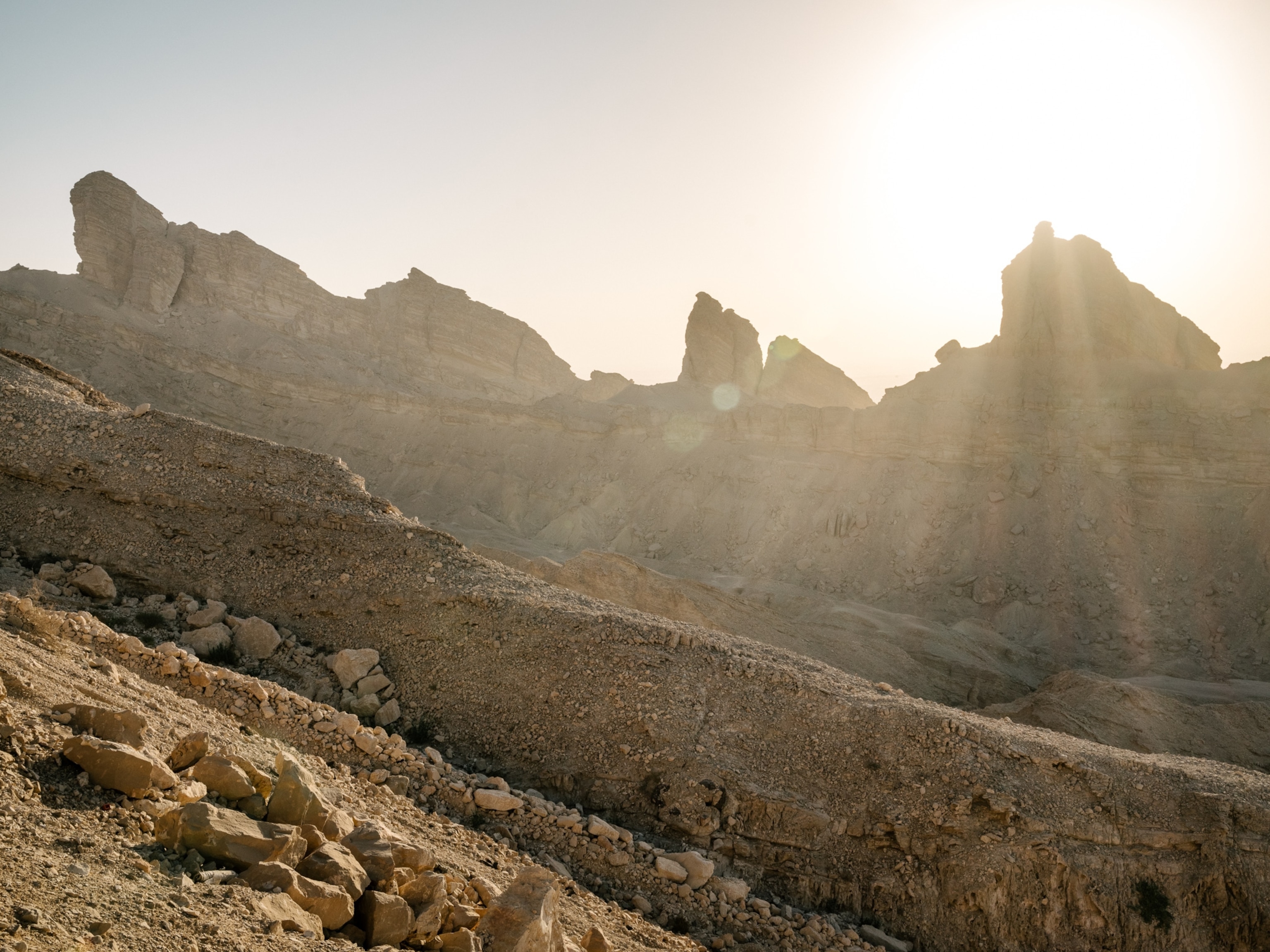
For food, Al Yahar Modern Restaurant (two blocks northwest of the Al Ain Oasis via 143rd Street) serves traditional Yemeni mandi (a spiced chicken or lamb grilled and served on a bed of rice). There are tables and utensils, but locals eat with their hands from carpet-floor seating areas. It’s men only on the ground floor, with family areas available upstairs.
Getting Here
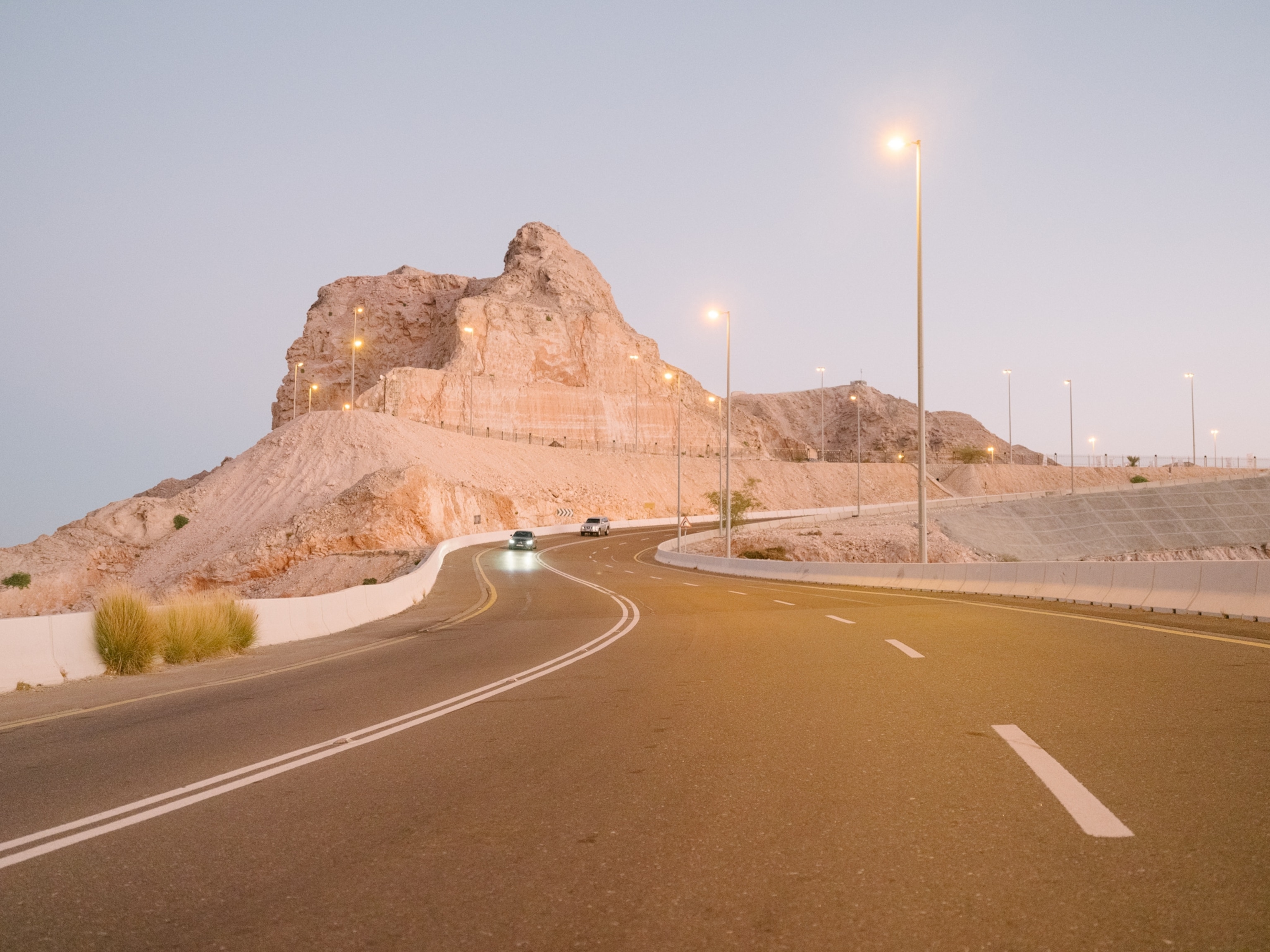
Al Ain is a hundred miles east of Abu Dhabi, via the E22 (Al Ain Road). Buses take a couple hours and leave several times a day from Abu Dhabi’s central bus terminal.
Where to Stay
The Al Ain Rotana Hotel is a modern hotel with a big outdoor pool, a sprawling buffet restaurant, and Trader Vic’s bar. Plus, it’s a short walk from the Al Jahili Fort.
The Hilton Al Ain, southeast of the Al Ain Oasis, is another family-oriented hotel with plenty of activities including a pool, tennis court, and gym.
Robert Reid is a digital nomad and editor-at-large for National Geographic Traveler. He's based in Portland, Oregon. Follow his next travel experiences on Instagram and Twitter.

